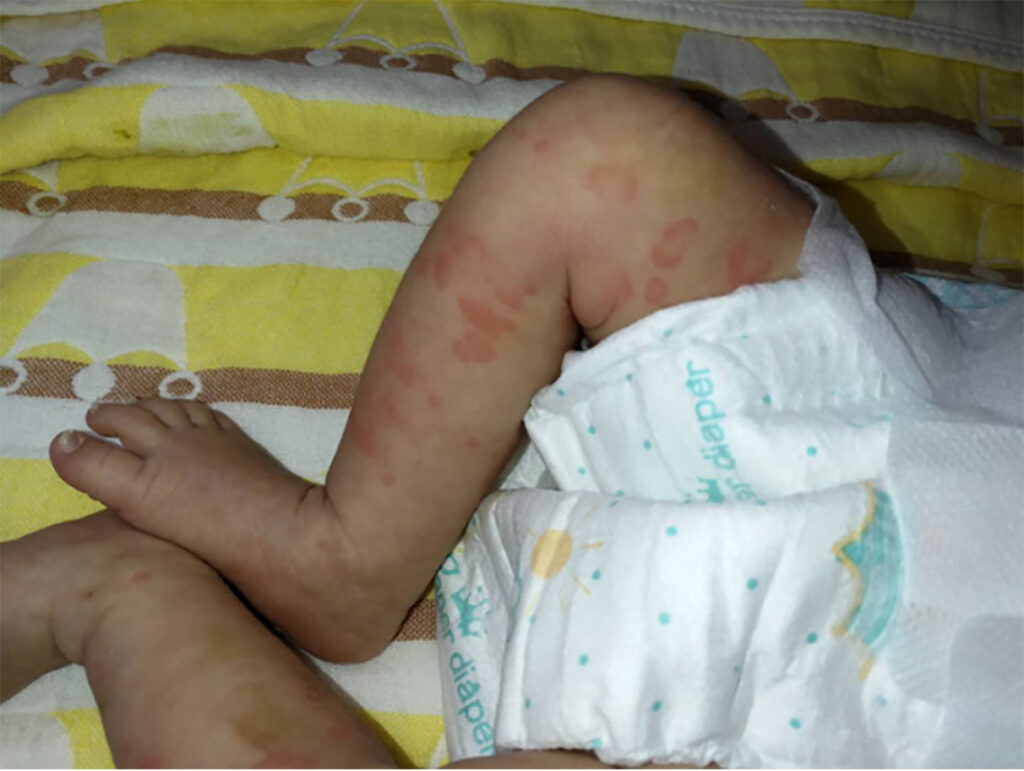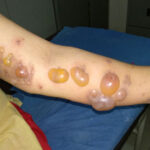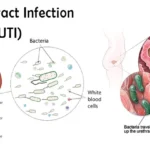Cinca Syndrome, also known as Chronic Infantile Neurological Cutaneous Articular Syndrome, is a rare genetic disorder that affects multiple systems in the body. It is characterized by recurrent fevers, skin rashes, joint pain, and neurological issues. Despite its rarity, the condition can be severe and significantly impact a patient’s quality of life if not properly managed. This article delves into the details of Cinca Syndrome, covering its causes, symptoms, diagnosis, treatment options, and ongoing research.

What is Cinca Syndrome?
Cinca Syndrome is a type of systemic autoinflammatory disorder that was first identified in the late 20th century. It is considered a type of cryopyrin-associated periodic syndrome (CAPS), a group of disorders caused by mutations in the NLRP3 gene. This gene plays a crucial role in regulating the immune system, and mutations can lead to uncontrolled inflammation in various parts of the body.
The syndrome is characterized by a combination of neurological, cutaneous, articular, and systemic symptoms that manifest early in life, usually within the first year. It is a hereditary condition, passed down in an autosomal dominant pattern, meaning that only one copy of the mutated gene from a parent is sufficient to cause the disorder.
Causes and Genetic Basis of Cinca Syndrome
The primary cause of Cinca Syndrome is a mutation in the NLRP3 gene, which is responsible for encoding a protein called cryopyrin. Cryopyrin plays a key role in regulating inflammation by controlling the activation of inflammasomes, which are molecular complexes involved in immune responses. When the NLRP3 gene is mutated, it results in the overproduction of pro-inflammatory cytokines, leading to chronic and systemic inflammation.
Cinca Syndrome is inherited in an autosomal dominant manner. This means that an individual with one copy of the mutated gene has a 50% chance of passing it on to their offspring. While the majority of cases are inherited, there have been instances where the mutation occurs spontaneously due to a new genetic change.
Symptoms
The symptoms of Cinca Syndrome vary in severity and can affect multiple organs and systems. The most common symptoms include:
1. Recurrent Fevers
One of the hallmark features of Cinca Syndrome is recurrent, unexplained fevers that can last for several days. These episodes can occur at any age and are often accompanied by chills, fatigue, and malaise.
2. Skin Manifestations
Skin rashes are common in Cinca Syndrome, with most patients developing erythematous, raised, and painful lesions. These can appear on various parts of the body and may be accompanied by skin ulcers or other dermatological problems.
3. Joint Involvement
Joint pain and swelling, particularly in the larger joints such as the knees and elbows, are also common in individuals with Cinca Syndrome. Inflammation can lead to stiffness and limited mobility, which can worsen over time if not properly managed.
4. Neurological Issues
Cinca Syndrome can cause a range of neurological symptoms, including developmental delay, cognitive impairments, and in some cases, seizures. These neurological issues can be progressive and require careful management.
5. Other Systemic Symptoms
Patients may experience a variety of other symptoms, including eye inflammation (uveitis), abdominal pain, hearing loss, and, in some cases, kidney problems.
Diagnosis
Diagnosing Cinca Syndrome typically involves a combination of clinical evaluation, genetic testing, and laboratory tests. Given its rarity, the condition may not be immediately recognized, and symptoms may overlap with other autoimmune or inflammatory disorders.
Clinical Evaluation
A thorough medical history and physical examination are essential in identifying symptoms that are characteristic of Cinca Syndrome, such as recurrent fevers and skin rashes. Physicians will also look for any signs of joint inflammation and neurological deficits.
Genetic Testing
The definitive diagnostic test for Cinca Syndrome is the identification of mutations in the NLRP3 gene. Genetic testing can confirm the presence of the mutation and help differentiate Cinca Syndrome from other similar conditions.
Laboratory Tests
Blood tests are often performed to measure inflammatory markers such as C-reactive protein (CRP) and erythrocyte sedimentation rate (ESR), which may be elevated during active flare-ups. However, these tests are nonspecific and cannot confirm the diagnosis alone.
Treatment and Management
While there is no cure for Cinca Syndrome, several treatment options can help manage symptoms and improve quality of life. The goal of treatment is to reduce inflammation, control symptoms, and prevent long-term damage to organs.
1. Anti-inflammatory Medications
Nonsteroidal anti-inflammatory drugs (NSAIDs) are often prescribed to manage pain and inflammation during flare-ups. These can help reduce joint pain and skin rashes associated with the condition.
2. Biologic Therapy
Biologic drugs that target specific components of the immune system have shown promise in treating Cinca Syndrome. One of the most widely used biologics is Anakinra, an IL-1 receptor antagonist that blocks a key inflammatory pathway involved in the disease. Other biologics, such as Canakinumab, have also been approved for the treatment of CAPS-related disorders.
3. Corticosteroids
Corticosteroids are sometimes used to control inflammation during severe flare-ups. However, they are typically used as a short-term solution due to potential long-term side effects.
4. Supportive Care
Supportive treatments such as physical therapy for joint mobility, speech therapy for developmental delays, and audiology assessments for hearing loss are important aspects of managing Cinca Syndrome. Multidisciplinary care is often required to address the various symptoms and improve the patient’s overall well-being.
Prognosis and Long-Term Outlook
The prognosis for individuals with Cinca Syndrome varies depending on the severity of the symptoms and how well they respond to treatment. With appropriate management, many individuals can lead relatively normal lives, although they may require ongoing medical supervision. Early diagnosis and intervention are crucial in preventing complications and improving the long-term outlook for those affected.
Ongoing Research and Future Directions
Research into Cinca Syndrome and other autoinflammatory disorders is ongoing, with scientists exploring new treatments and a better understanding of the genetic mechanisms behind the disease. Gene therapy and advanced biologic treatments hold promise for more effective and targeted therapies in the future.
Additionally, genetic counseling and prenatal testing may become more widely available, helping families make informed decisions about reproduction and early diagnosis.

